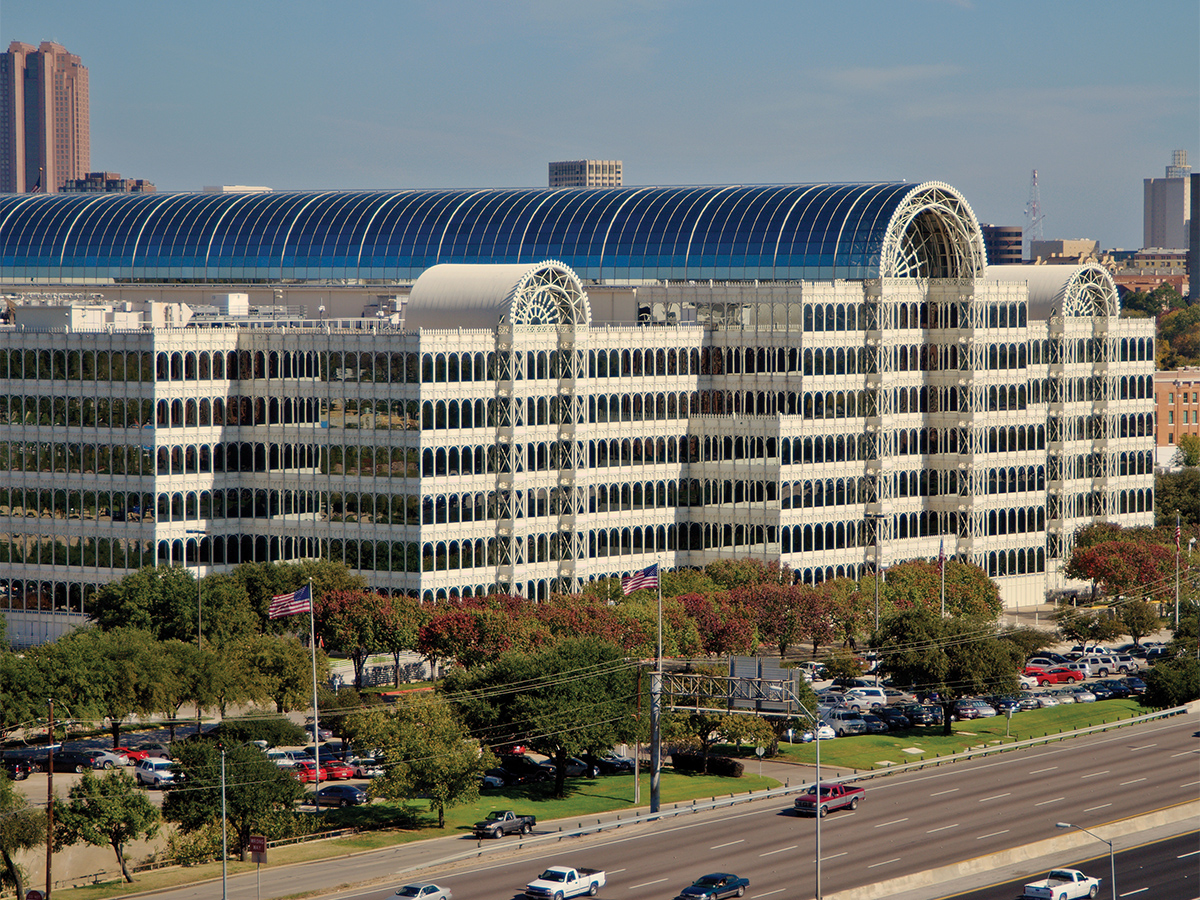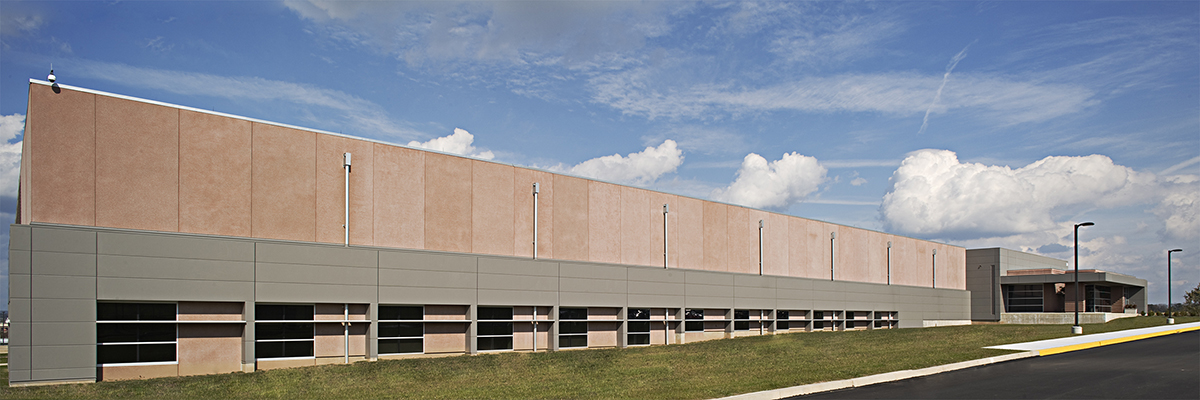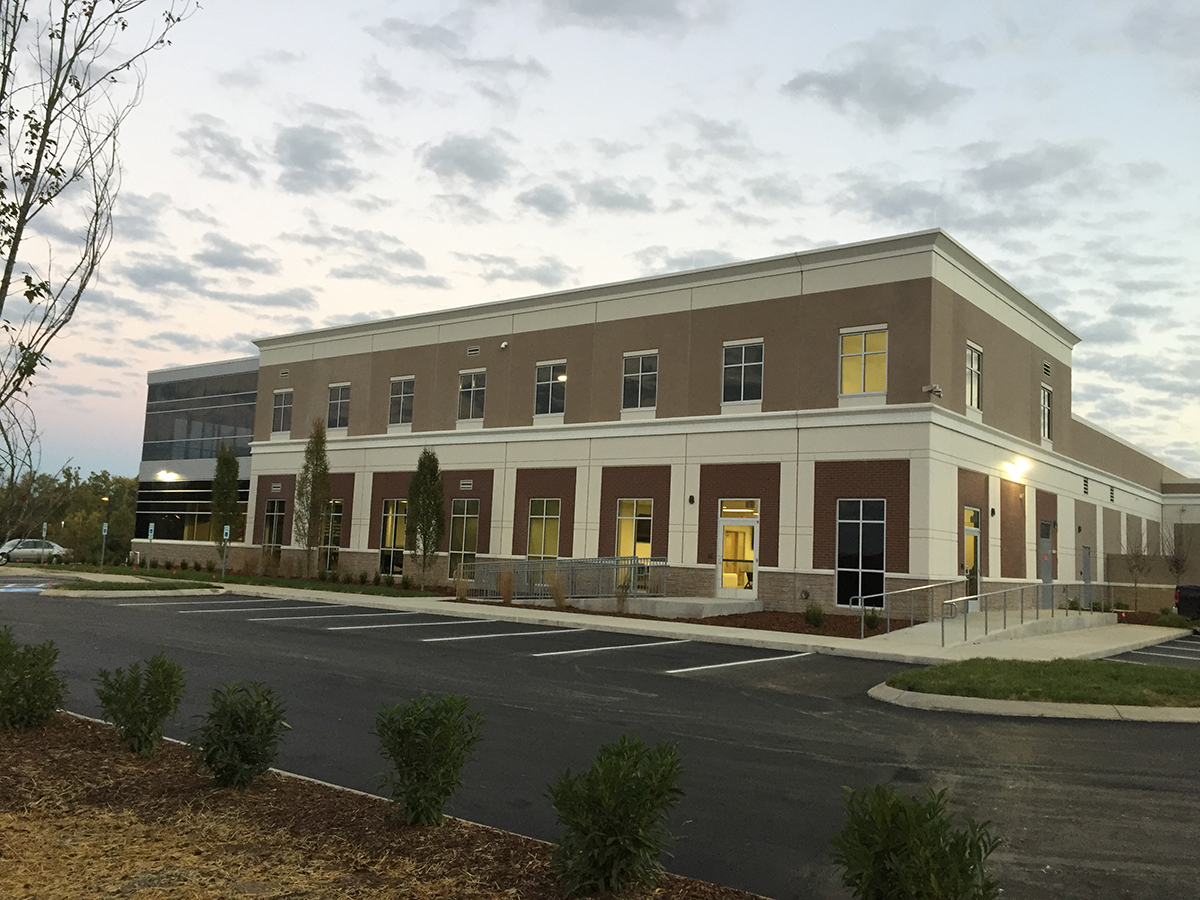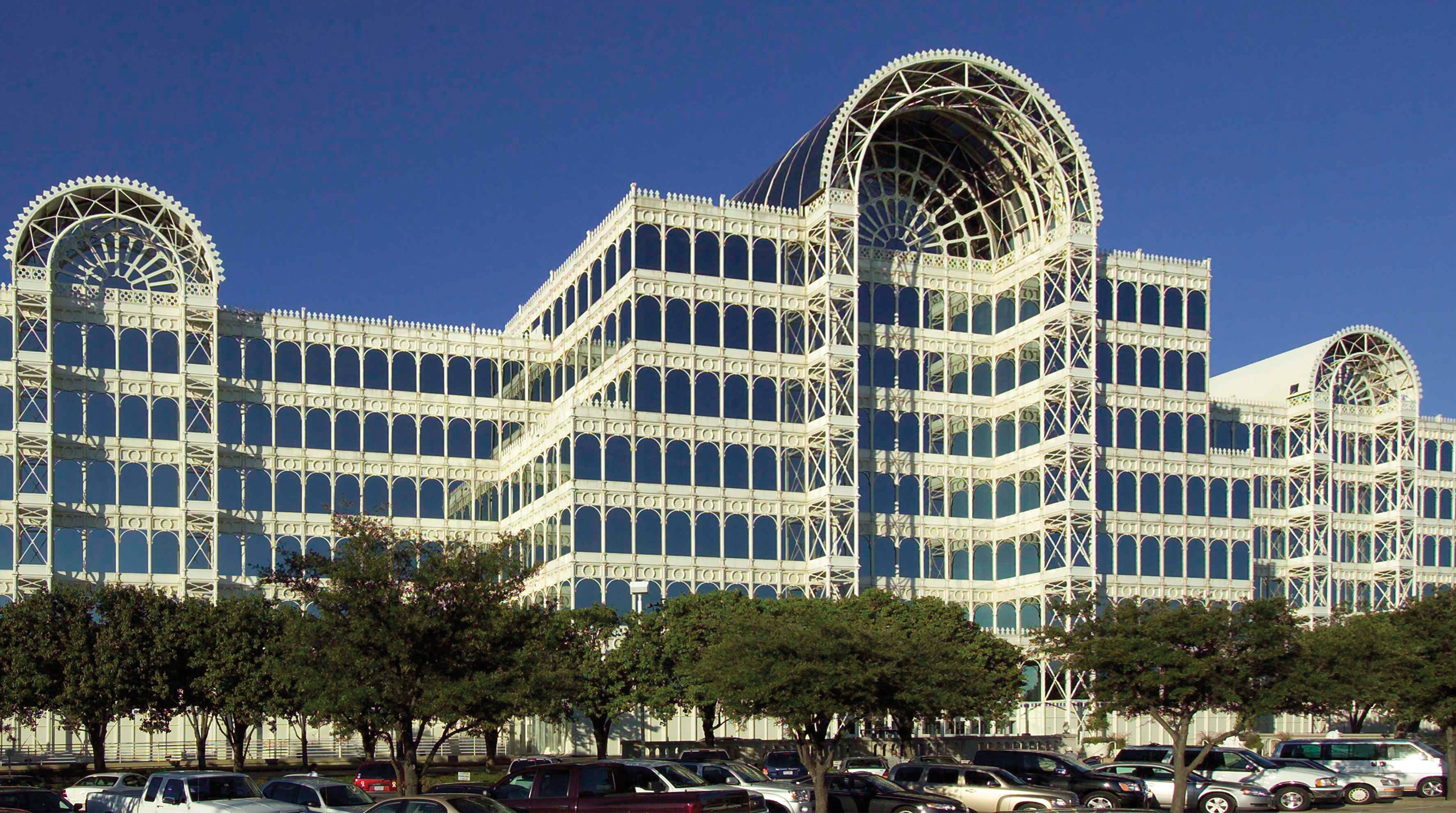Dollars into Data Centers
As new technologies ramp up the volume of the nation’s data, companies are clamoring for more storage capacity. That’s good news for investors.
By Nancy Crotti

ASB Real Estate Investments sold Infomart Dallas to Equinix for $800 million, in a deal announced in February and closed in April 2018.
Data centers attracted billions of dollars in investment in 2017, and the trend shows no signs of stopping. What used to be a market only for adventurous investors has become attractive to the mainstream. Public REITs have joined their private counterparts, and while the most popular data center locations continue to attract new investment, some companies are looking to smaller markets.
As one expert remarked, if this were a baseball game, we’d only be in the second or third inning.
David Cappuccio, an analyst with IT research firm Gartner, estimated that he receives hundreds of calls per year from companies trying to figure out whether to renovate and expand their data centers or turn over their data storage and management to outside firms and buildings. Many are looking to hybrid solutions that maintain some data storage on site combined with cloud services and third-party colocation centers, where multiple companies house their data.
Meanwhile, Michael Hochanadel, managing director of JLL’s capital markets group and a data center specialist, estimates that he receives one call per week from data center operators looking to add scale and capital providers wanting to enter the space.
“Many of those conversations are very preliminary and educational at this point,” Hochanadel said. “Many of these groups want to look closely at the data center market. They feel like they need exposure to it. Because of that, I would say the trend will certainly continue throughout ’18, and probably beyond that you’ll see new capital flow into the data center space.”

Longtime Tier 2 data center owner Flexential is seeing demand spike in the Nashville and Minneapolis markets, where it has had a presence for many years.
Colocation center developers are building new facilities at a rapid clip, purchasing and renovating older ones, and even gobbling one another up. Public colocation REIT Equinix Inc. remains the biggest player in the United States and a heavy hitter abroad, expanding its global portfolio by 3 million square feet in 2017 with the $3.6 billion purchase of 29 data centers from Verizon Communications Inc.
Other large M&A transactions last year included Digital Bridge Holdings and two partners acquiring Silicon Valley’s Vantage Data Centers for $1.2 billion in March 2017. And public REIT Digital Realty Trust announced in June 2017 that it would purchase DuPont Fabros Technology for $1.3 billion.
Investment heats up
CBRE estimated a $20 billion investment in the data center sector in 2017, including single-asset, portfolio and entity-level/M&A transactions. Sale/partial leasebacks accounted for $20 million of that, with another $4 billion in transactions predicted for 2018. Unlike traditional real estate, a data center’s value lies largely in its kilowatts or megawatts of critical load, the amount of usable redundant power available within its production space. Northern Virginia remains the most active data center market in the world, according to several sources, given its low taxes and power costs and its high population, numerous businesses and government entities. The region had net absorption of 121 megawatts in 2017, 85 megawatts of which was absorbed in the latter part of the year, according to CBRE.
With demand continuing to grow, nearly 400 megawatts of data center space is under construction across North America, EMEA and APAC, and North American markets account for more than 60 percent, according to JLL. With 34 MW, Chicago leads the pipeline, followed by Dallas (22 MW) and Northern Virginia (22 MW).
Traditional real estate and infrastructure funds are putting more money into data centers compared with other real estate holdings, according to Lynch. For example, Stonepeak Infrastructure Partners of New York acquired Denver-based Cologix Inc. for $1.3 billion in February 2017, giving the self-described conservative private equity fund entrée to the North American data center and interconnection market.
Singapore-based Mapletree Redwood Data Centre Trust’s acquisition of private REIT Carter Validus in December 2017 was the culmination of a lengthy exploration of U.S. data center investment, according to Hochanadel Although JLL was not involved in the transaction, Hochanadel said the company spoke with Mapletree two years earlier.
While M&A slowed in the first half of 2018, CBRE continues to see interest and investment in the sector. ASB Real Estate Investments sold its Infomart Dallas to Equinix for $800 million in a deal announced in February 2018 and closed in April. In March, ASB sold its remaining three data centers—located in San Jose, Calif.; Hillsboro, Ore.; and Ashburn, Va. —to an affiliate of IPI Data Center Partners Management.
JLL predicts that 2018 will bring foreign occupiers flocking to U.S. and Canadian primary and secondary markets. Several U.S. data center firms have begun striking partnerships for opportunities and paving roads for potential acquisitions. They include CyrusOne and GDS, Equinix and Metronode, Apple and GCBD, and Amazon and Beijing Sinnet Technology.
Demand drives development
Data center investment continues to grow because the need for capacity shows no end. The internet of things and content distribution are driving user demand, according to Hochanadel.
“Fundamentally, there is just so much more data created now than there was even five years ago, for a whole variety of things,” he said. “Just kind of walking around living your day, throughout the day you’re creating significant amounts of data that just didn’t exist even three or four years ago. In most cases, that data never gets deleted, and it has to reside somewhere.”
On the distribution side, IP networks rely on data centers to deliver content. Large, centralized data centers can have extraordinary amounts of bandwidth, but delivery can be slow and costs high, Hochanadel explained. Smaller centers located nearer to end users can provide data more quickly and economically because bandwidth needs are smaller.
“This drives demand and changes how data center operators think about their data center portfolio and their overall network architecture in terms of where they try to deploy various nodes within their overall portfolio,” Hochanadel said. “There is definitely a desire to have small footprints in many markets, but for large substantial assets or clusters of assets, the focus is on coalescing around major markets.”
Locations for colocation
Connectivity and proximity to people outweigh the costs of real estate and construction when determining where to build, according to Jon Lin, vice president of corporate development and strategy at Equinix. Northern Virginia has something else going for it: Undersea cables from Europe and South America reach land in that area. “Undersea interconnection points create a huge amount of demand,” said Pat Lynch, senior managing director of data center solutions for CBRE.
Secondary markets that have been attracting interest include Sacramento, which is 90 miles from the San Francisco Bay Area and has lower overall construction and operational costs compared with nearby markets Reno, Phoenix and Las Vegas. JLL represented Digital Realty Trust in the $51 million sale of two data centers in the Sacramento suburb of Rancho Cordova in April 2018 to private REIT Carter Validus Mission Critical REIT II of Tampa.
Edge-of-network infrastructure or “edge computing,” which extends the internet’s reach into underserved markets, is also thriving. Established edge data center company Flexential (formerly Peak 10 + ViaWest) is seeing demand spike in the Nashville, Charlotte, Allentown and Minneapolis markets, according to Jeff Johnson, vice president of real estate broker relations for Flexential. Those centers distribute data, information, images and local compute into regional data centers, allowing companies in industries such as retail, healthcare clinics or bank branches to access this data through low-cost, local SD-WAN or Metro Ethernet, Johnson said.
Image courtesy of JLL and Flexential
You’ll find more on this topic in the June 2018 issue of CPE.









You must be logged in to post a comment.